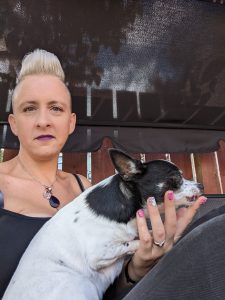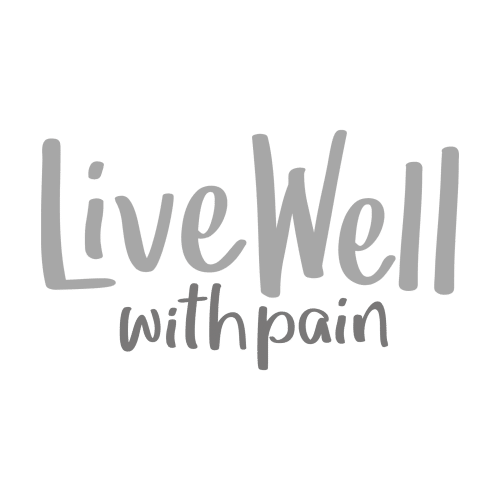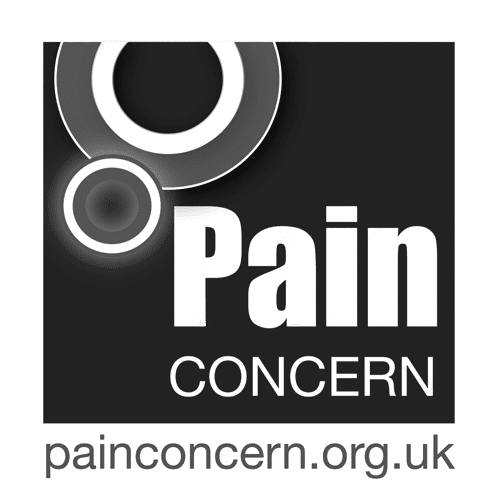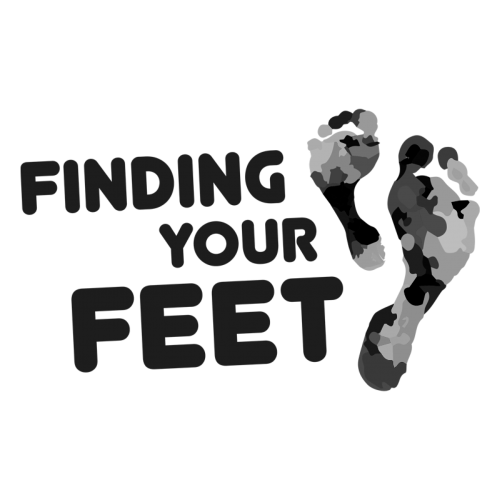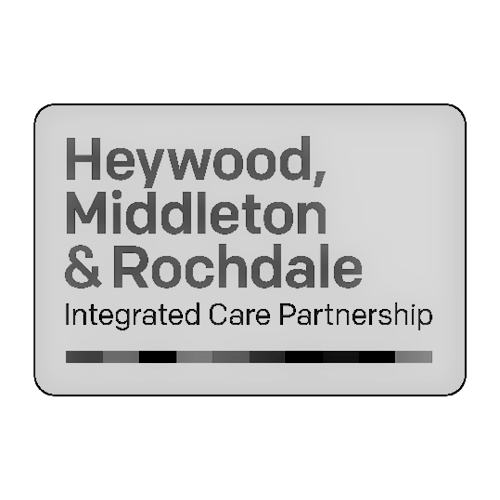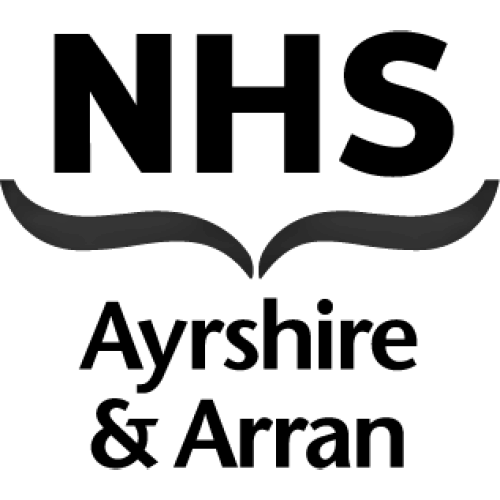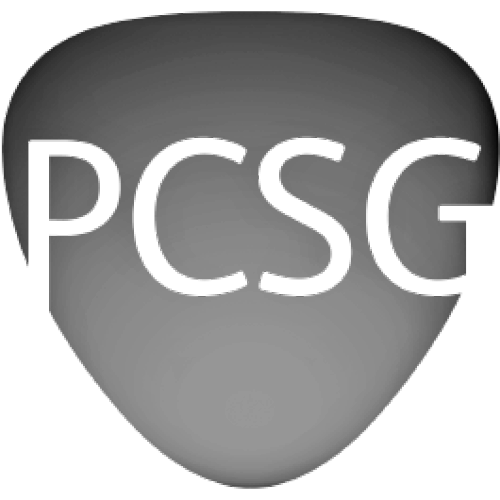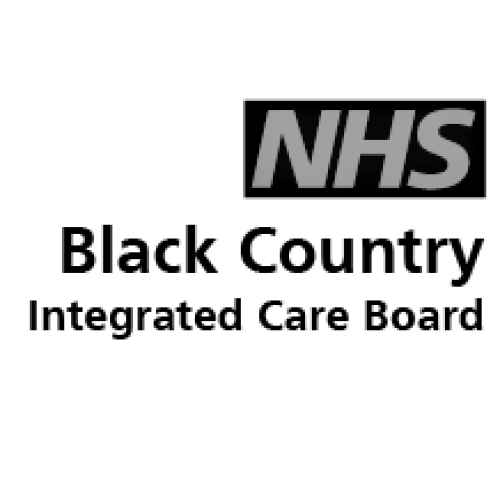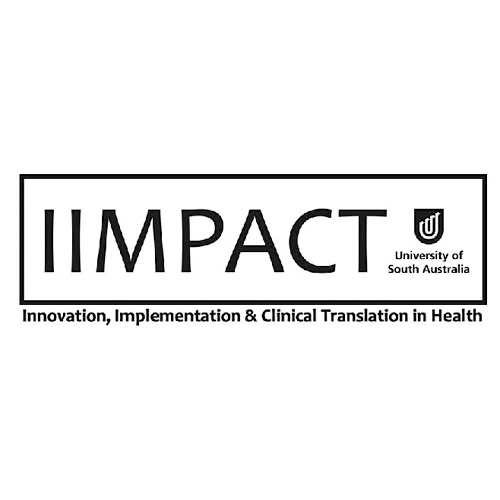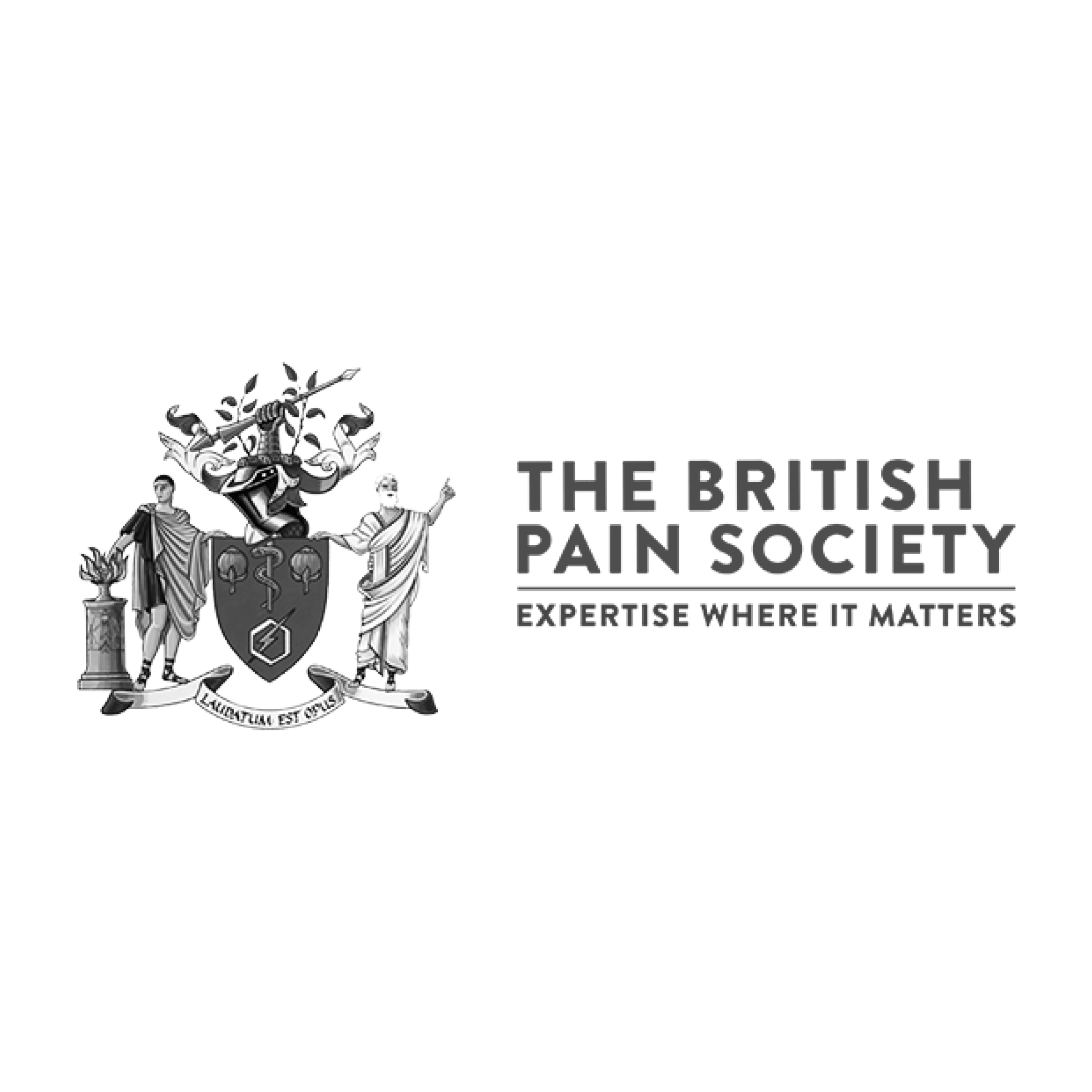Petra had lived with pain for many years. She started learning about the science behind it. Now, she’s worked with GPs, Physios and Pain Management Clinics and has advice for healthcare professionals working with people in pain.
My pain started when I was pregnant with my youngest child about 20 years ago, and most of that was to do with pregnancy.
Although a lot of it settled down afterwards, there were still things that weren’t right. Then in about 2004, I started to have issues with my shoulder but my GP just told me I’d slept on it funny and reassured me nothing was wrong, to take ibuprofen and that I’d be fine.
But I wasn’t fine. My movement was restricted, so I kept going back until about three years later my GP, in exasperation said, “well, surely you know there’s nothing wrong. What did the X-rays show?” That’s when they realised I hadn’t been investigated and the subsequent X-rays showed that I had calcium in my tendons (calcific tendinopathy), which obviously had been going on for about the last three years.
In 2008, I had an operation to remove the calcium deposits and my shoulder has actually been OK since.
But after that, I started to get niggles all the time elsewhere: bits of me would be in pain when I hadn’t done anything. I just assumed it was because I was running around after my kids all the time, so I didn’t pay it any attention at all.
Then, in 2010, I did a 26-mile walk for charity and from that I developed pain in both of my hips. It eventually resolved in my left hip but it has remained to this day in my right hip.
At some stage I was told there was a chance that I have fibromyalgia, but I don’t know exactly how that diagnosis helps me. To me, it’s just a useful shortcut to explain to people that I’m in a lot of pain all of the time, because now I get pain all over me.
In 2013, I was prescribed amitriptyline, which I took for a couple of months, but it would wipe me out to the point that it wasn’t safe for me to look after my children. A very low dose was knocking me out from 9pm to midday the following day. So I decided that I wouldn’t take it and that there must be a different way of managing my pain that meant I could still be involved in my children’s activities.
I had less pain with the medication, but I also had no life and that wasn’t the way I wanted to do things.
And so, when I said that this wasn’t working for me and that I needed a different way of doing things, that’s when I was referred to the pain clinic. I was under the pain clinic for about a year and did things like learning about mindfulness, different distraction techniques, and I also worked with a physiotherapist to try and get me doing more activities again. It was great, but I found that my pain got worse because I was constantly concentrating on it, and the focus of everything I was trying was still on the pain rather than the thing I was doing. It made me think this wasn’t working: but I continued to use the pain clinic until I had done everything available to me and continued to use the techniques I had learnt after I was discharged.
I haven’t seen a medical professional in an official capacity about my pain since 2015.
The knowledge that I have of current thinking and pain science I’ve had to go and find out myself over the last seven years. I’ve been very lucky in that I’m able to do that: not everyone can.
I’m constantly curious, so I wanted to find out if there was another way. I wanted to know if people had looked at pain in the long term and what they could do about it, because after a couple of years of not being believed, I thought, well, somebody has to do something and that somebody is going to have to be me.
My learning started around 2012, before I even started under the pain clinic, when I googled ‘long term pain’ because I didn’t understand the term ‘chronic’ pain at that time. I came across a YouTube video from Professor Lorimer Moseley called, ‘What is Pain?’ I was very lucky to have that in my mind from the start, so that when the medication didn’t work, my default wasn’t to think that I needed stronger medication: it was to look for something different.
I started working on ‘sneaking up’ on exercise with my physiotherapist at the clinic.
My pain flares up if I walk too far, which for someone who used to walk absolutely everywhere is a real problem. Initially, I started with just walking for a minute and a half: nothing bad happened, so I did a little bit more and a bit more until now I can walk up into town without flaring up.
I feel like I’ve reached a plateau now. It would be great to go back to the pain clinic to work with a physiotherapist for a few weeks to help me get more active than I currently am, but I’ve been told I can’t be referred back unless I try medications first, which I know don’t work for me.
They talk about being on a bus with your pain, and sometimes you’re not just on the bus: you’re having to drive it as well… but you’ve not been trained to drive a bus. You also don’t know how to operate the machine that takes the payments and you’re having an argument with another passenger. That’s what living with pain is like.
My advice to healthcare professionals treating people with pain is firstly: believe your patient.
If you saw me today you would probably assume I’m not in very much pain, but if you were to ask me to rate my pain today, it would probably be a seven or an eight out of ten, because I’m actually in the middle of quite a big flare up. But you can’t tell that by looking at me. So believe what your patient tells you.
What concerns me a bit about the current thinking on pain science is that, if you’ve had pain for a long time, healthcare professionals might assume there’s nothing wrong and not actually check before starting to work on living with pain. My hip pain persisted even after the inflammation had gone down, but for my shoulder, nothing had worked and I needed surgery. So make sure you’re investigating things fully.
Then, in my experience, it’s far better to be referred to a pain clinic than just be put on drugs, because people get used to the drugs and become resistant. So as a healthcare professional it’ll save you money, time and an awful lot of hassle if you can just refer that person to a pain clinic and get them on a pathway to managing their own pain.
